 /images/cms/data/pavilon/posp61.JPG
/images/cms/data/pavilon/posp61.JPG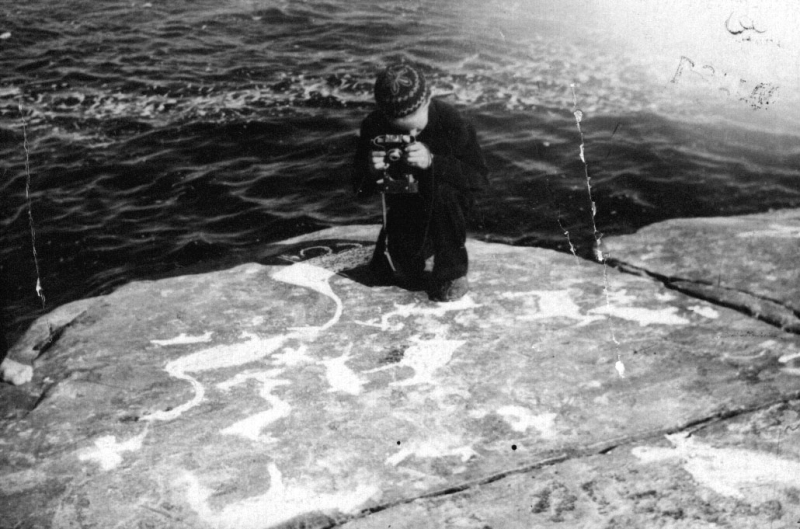 /images/cms/data/pavilon/1.jpg
/images/cms/data/pavilon/1.jpg /images/cms/data/pavilon/2.jpg
/images/cms/data/pavilon/2.jpg /images/cms/data/pavilon/00421.JPG
/images/cms/data/pavilon/00421.JPG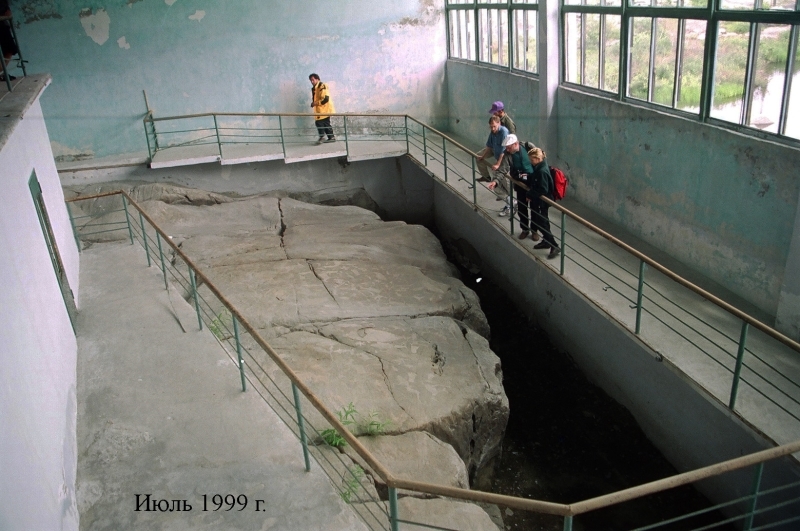 /images/cms/_data/paviljon/besovy-sledki_012.jpg
/images/cms/_data/paviljon/besovy-sledki_012.jpg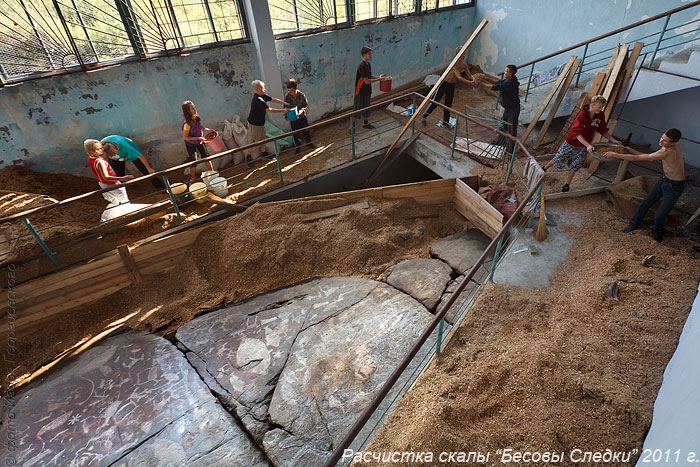 /images/cms/_data/paviljon/besovy-sledki_018.jpg
/images/cms/_data/paviljon/besovy-sledki_018.jpg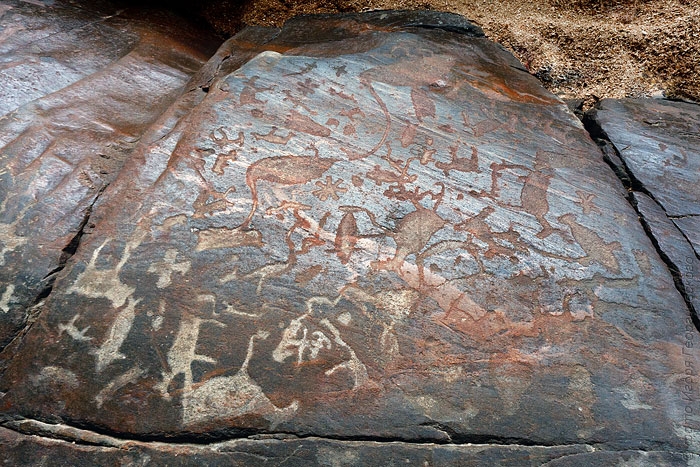 /images/cms/_data/paviljon/besovy-sledki_019.jpg
/images/cms/_data/paviljon/besovy-sledki_019.jpg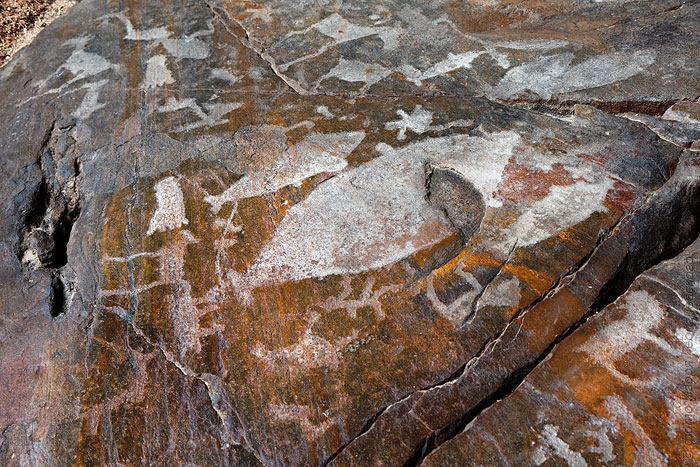 /images/cms/_data/paviljon/besovy-sledki_021.jpg
/images/cms/_data/paviljon/besovy-sledki_021.jpg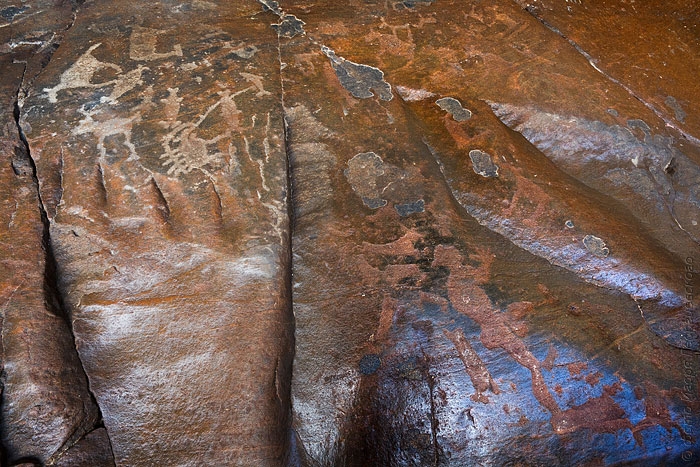 /images/cms/_data/paviljon/besovy-sledki_017.jpg
/images/cms/_data/paviljon/besovy-sledki_017.jpg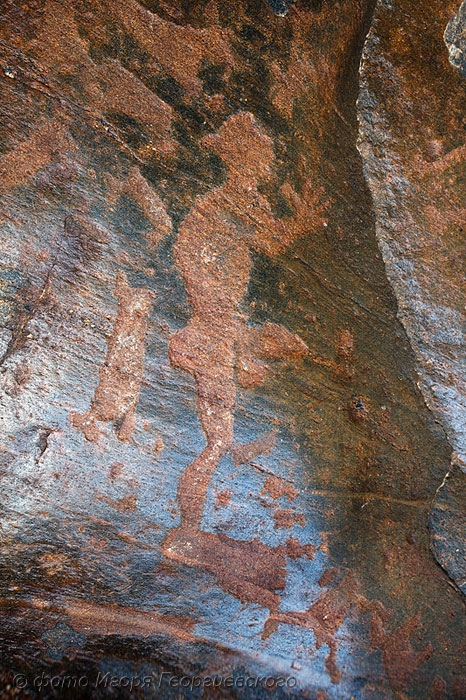 /images/cms/_data/paviljon/besovy-sledki_022.jpg
/images/cms/_data/paviljon/besovy-sledki_022.jpg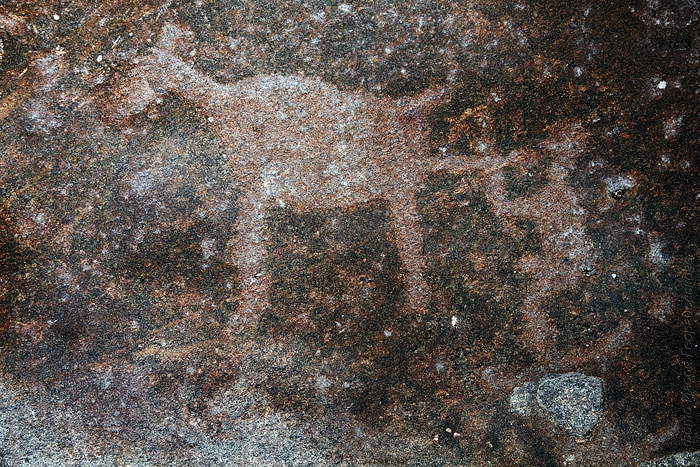 /images/cms/_data/paviljon/besovy-sledki_023.jpg
/images/cms/_data/paviljon/besovy-sledki_023.jpg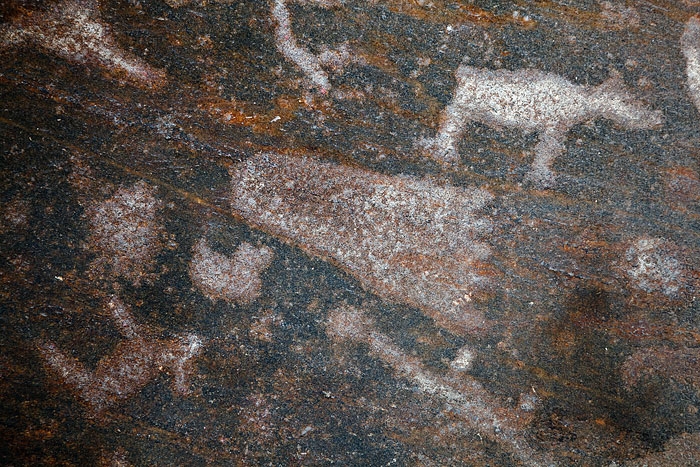 /images/cms/data/pavilon/bear1.JPG
/images/cms/data/pavilon/bear1.JPG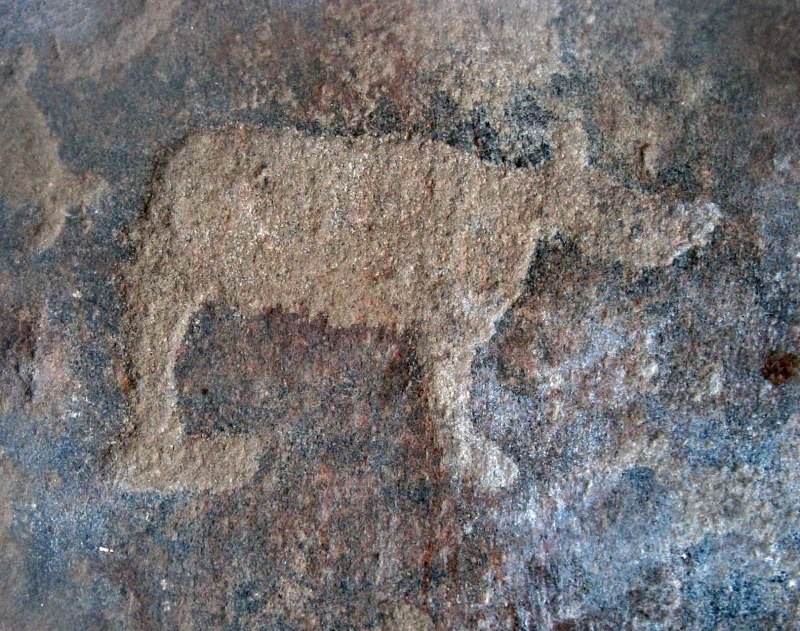
The Besovy Sledky petroglyphs and the safe pavilion to protect them
The Besovy Sledky (initially the Chertovy Sledky) petroglyphs located on Shoirukshin Island became famous in Belomorye yet in the 20es of the last century although the local people had known about them long before that time but one cannot give the exact information on it.
The local name Chertovy Sledky given to the petroglyphs found not far from the Shoiruksha rift refers to the Christian period of time and might prove negative attitude to them from the side of the Solovetsky Monaster monks or the local rural people who considered the petroglyphs to be the work by evil spirit.
The petroglyphs were discovered by A.M.Linevskij and it was him who called them the Besovy Sledky. Late in the 1950es the construction of the Vyg HPP cascade started. Its dam was supposed to be situated just in the place where the Besovy Sledky petroglyphs were found but on the recommendation of the archeologists its location was slightly changed. Due to that, the special rock age monument was preserved in good condition and we can still enjoy it.
In 1968, a safety pavilion of glass and concrete was constructed to protect the petroglyphs against the negative environmental effects. It made the sight available for seeing all the year round. Unfortunately, the monument became unavailable for visitors in 1999. The cause of that was the critical condition of the pavilion. On the initiative of the Belomorsk museum the petroglyphs were covered with synthetic covering and a thick layer of wood shredding. Due to that, tourists had no chance to see the monument. As the monument was not in the books of any institutions there was no funding to reconstruct the pavilion.
In 2011, the Ministry of Culture of the Republic of Karelia adopted a decision to check the petroglyphs condition. The images were cleared out, given a wash and photographed using aerial photography method developed by I.Yu.Georgievskij. The monument was in quiet good condition while the pavilion was badly damaged. The petroglyphs conservation was carried out. The images were covered with Flecon bags filled with sand and put closely to each another. Two years later, most of the bags ruined and the sand covered the petroglyph part of the rock. In 2013, the Besovy Sledky petroglyphs were cleared out of the sand and dust and covered with denim and synthetic covering. The undamaged Flecon bags were put on the synthetic covering.
Therefore, the Besovy Sledky problem is extremely urgent at the moment. Not long ago the pavilion was included on the Belomorsk Region authorities’ books and records. Nevertheless, according to the expert review carried out in the autumn of 2013 the monument condition keeps on changing for the worse. Both the estimate documentation for the reconstruction of the pavilion and its new design have been worked out. The project needs significant funds that only the federal budget can devote. Such is the situation at the moment.
The Besovy Sledky images are a well preserved petroglyph group in Belomorsk. The images are located on smooth faced rock area. Its size is 11x4 meters. There are about 400 images there. They were engraved next to each another and some of them were engraved over the previously made ones.
Obviously, ancient artists used that part of the rock for quite a long period of time. Not only a great number of images in the area, but their depth and some differences in picketage, prove the fact.
At a first glance, it seems that the images were engraved in a spasmodic and random manner. When one looks at the images more carefully one can realize that ancient artists followed some principles while engraving them but it is extremely hard for contemporary people to understand them.
The main difference between the Zalavruga and the Besovy Sledky petroglyphs is that the latter hardly have interrelated images such as hunting or sea hunting scenes. Besides, they are not as perfect in composition and engraving manner as the Zalavruga petroglyphs. The images themselves lack motion and they are less detailed. At the same time, they are quite diverse and there is a prevalence of foresters and sea animals such as deer, moose deer and white whales images. The figures vary in their length from 5 to 92 centimeters. Obviously, the biggest images were the most important ones for ancient people.
A one meter image of a humanlike creature so called “Demon” is a special one. It is made in profile, has a big hump, a big foot, a hand with five spread fingers and just a huge penis. The face is very expressive, too. One can see the nose, the mouth and the chin of the creature. There is a sharp-cornered outgrowth on the occipital lobe (is it an ear?). According to A.M.Linevskij, the image symbolized a water sprite that had tremendous power and was of great importance for ancient people. One can see some boats, birds and deer behind the figure and below its foot. There is a chain of eight footprints stretching along the lower edge of the rock. They were engraved later than the other petroglyphs. The footprints with five toes are big enough and the toes were engraved very clearly.
Two big and very graceful figures of swans stand apart from the other images. One Devil’s footprint pressed one of the swans’ head down and another footprint touches the upper part of the bird’s body.
Some small images of bears, foxes and five seven-pointed stars are really special. Such subjects are considered to be among very rare rock art images. As for the stars, they might be sea stars. Neither foxes nor sea stars can be found in any other groups of Belomorsk petroglyphs.
